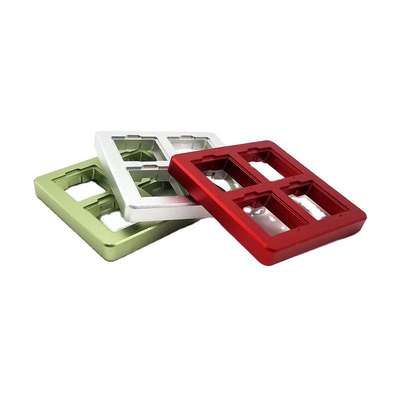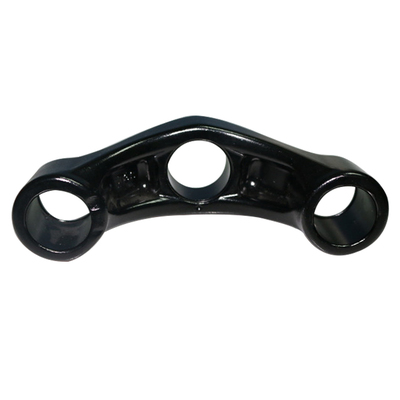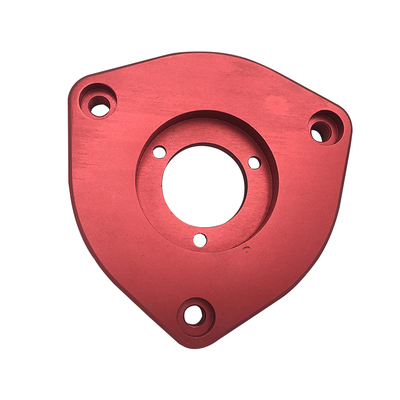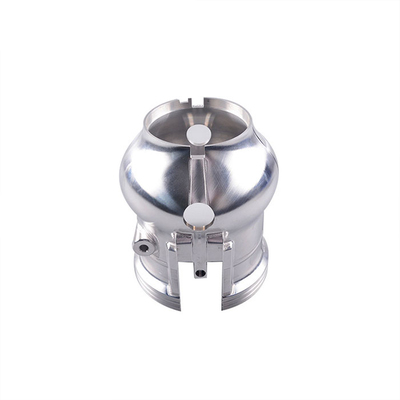Classification and related introduction of electro-galvanizing process
There are many types of electro-galvanizing. But from the pH value of the galvanizing bath, there are two main categories: alkaline zinc plating and acid zinc plating.
(1) Alkaline zinc plating The alkaline zinc plating process means that the pH value of the plating solution is alkaline. However, due to different complexing agents, it is divided into cyanide zinc plating and zincate zinc plating.
Cyanide zinc plating is a very old type of plating. There are three main components in the plating solution: main salt zinc oxide, complexing agent sodium cyanide and conductive salt sodium hydroxide (commonly known as caustic soda). There was no brightener in the early cyanide plating solution. With the improvement of people's aesthetic requirements, brightening agents are added to the cyanide zinc plating solution. The cyanide zinc plating process is stable and the coating is fine. The plating solution has good dispersion ability. According to the different content of sodium cyanide, it is divided into three types: high cyanide, medium cyanide and low cyanide zinc plating. The biggest disadvantage of cyanide zinc plating is that it is too toxic, which is serious to the environment.
Zincate galvanizing is a galvanizing process that has developed rapidly in the past 30 years. Its main ingredients are zinc oxide, the main salt, and sodium hydroxide (commonly known as caustic soda) as a complexing agent and conductive salt. In order to obtain a fine and bright coating with good dispersing ability, a brightener must be added. The main development period of domestic zincate galvanizing was the era of cyanide-free galvanizing in the 1970s. The famous DPE galvanizing process and DE galvanizing process have been used until now. Although this process is not as stable and detailed as the cyanide zinc plating process. But its biggest advantage is that it is cyanide-free. The harm to the environment is much smaller. Now zincate zinc plating has made new developments. The defects such as blistering and brittleness have been overcome, and the dispersion ability has been greatly improved, which can be more beautiful than cyanide zinc plating.
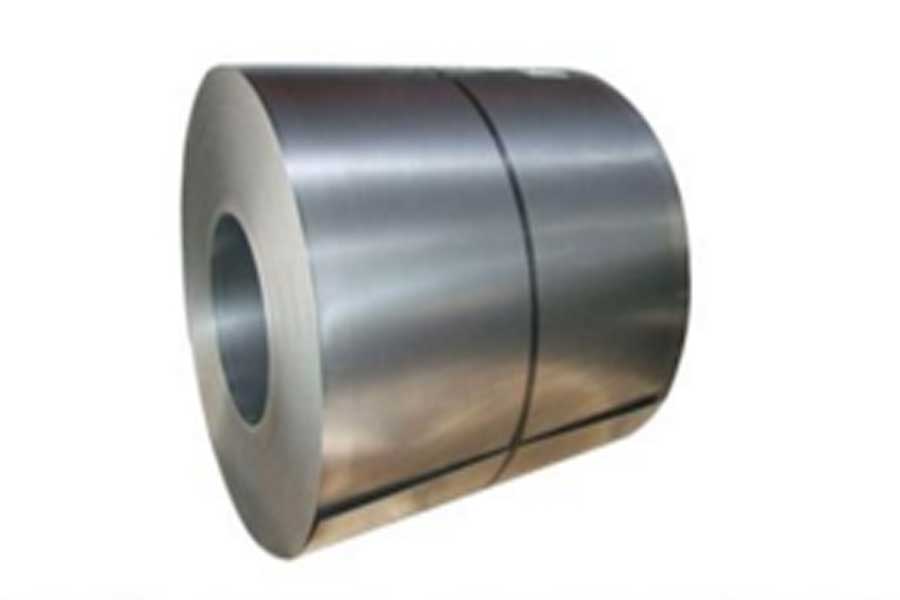
(2) The pH value of the acidic zinc plating bath is 4-6. The second achievement of cyanide-free zinc plating in the 1970s was cyanide-free ammonium chloride zinc plating. Keeps pace with zincate alkaline zinc plating. It uses zinc chloride as the main salt, and ammonium chloride as the complexing agent and conductive salt. Citric acid and nitrilotriacetic acid are auxiliary complexing agents. Polyethylene glycol and thiourea are used as coating refiners. The plating layer obtained from this plating solution is fine and has good dispersion ability. The plating solution is less toxic. But the main disadvantage is that the plating solution is unstable, and the emitted ammonium chloride gas is very corrosive to the electroplating equipment. The current efficiency is also low. Strong sensitivity to impurities. The operating temperature range is narrow. Has been basically eliminated by the potassium chloride zinc plating process.
Potassium chloride (or sodium chloride) zinc plating process is a brand-new non-cyanide zinc plating process developed in the 1980s.
Its main component is: zinc chloride main salt, generally used at a content of 70-90g/L. Potassium chloride is used as a conductive salt, and its content ranges from 140-280g/L, which can be adjusted according to different needs. Boric acid is used as a pH buffer to stabilize the pH between 4.6-5.6. Since this plating solution works at room temperature, the solubility of boric acid is not high, and the general content is controlled at 25-30g/L.
These three components alone cannot produce a qualified zinc coating. It is necessary to add some additives to obtain a bright and fine galvanized layer.
The advantages of potassium chloride zinc plating are that the plating solution is stable, the plating layer is bright and detailed, the cost is low, the current efficiency is high, and it is non-toxic. The disadvantage is that the dispersibility of the plating solution is slightly worse than that of alkaline zinc plating, and the brittleness of the coating is also greater. Nevertheless, as soon as potassium chloride galvanizing was introduced, it was immediately popular. The development is very rapid, and it has occupied half of the galvanizing industry.
From the market point of view, the current galvanizing process is mainly two kinds of plating: alkaline zincate and acid potassium chloride zinc plating. Other galvanizing processes have been dwarfed and slowly withdrew from the stage of history.
There is also a sulfate galvanizing process in the acid galvanizing process. Its main ingredient is the main salt zinc sulfate. The content is between 250-500g/L. Alum or aluminum sulfate is used as a conductive salt. The content is between 30-50g/L. Conductive salts are also added with sodium sulfate or sodium chloride. In addition to the above, some additives must be added to make the coating fine. At first, dextrin or gum was used, and then some special brighteners were invented to make the coating more bright and detailed.
The biggest advantage of sulfate zinc plating is that it can use a larger current density (1-5A/dm2) and the plating speed is fast. But the disadvantage is that the dispersion ability of the plating solution is very poor, and it is not suitable for plating more complicated workpieces.
Due to its particularity, sulfate galvanizing is mainly used in industries with simple shapes and strong continuous productivity, such as iron wire, steel strip, and steel plate.
Link to this article: Classification and related introduction of electro-galvanizing process
Reprint Statement: If there are no special instructions, all articles on this site are original. Please indicate the source for reprinting:https://www.cncmachiningptj.com/,thanks!
 Sheet metal, beryllium, carbon steel, magnesium, 3D printing, precision CNC machining services for heavy equipment, construction, agriculture and hydraulic industries. Suitable for plastics and rare alloys machining. It can turn parts up to 15.7 inches in diameter. Processes include swiss machining,broaching, turning, milling, boring and threading. It also provides metal polishing, painting, surface grinding and shaft straightening services. The production range(include aluminum die casting and zinc die casting) is up to 50,000 pieces. Suitable for screw, coupling, bearing, pump, gearbox housing, drum dryer and rotary feed valve applications.PTJ will strategize with you to provide the most cost-effective services to help you reach your target,Welcome to Contact us ( [email protected] ) directly for your new project.
Sheet metal, beryllium, carbon steel, magnesium, 3D printing, precision CNC machining services for heavy equipment, construction, agriculture and hydraulic industries. Suitable for plastics and rare alloys machining. It can turn parts up to 15.7 inches in diameter. Processes include swiss machining,broaching, turning, milling, boring and threading. It also provides metal polishing, painting, surface grinding and shaft straightening services. The production range(include aluminum die casting and zinc die casting) is up to 50,000 pieces. Suitable for screw, coupling, bearing, pump, gearbox housing, drum dryer and rotary feed valve applications.PTJ will strategize with you to provide the most cost-effective services to help you reach your target,Welcome to Contact us ( [email protected] ) directly for your new project.

- 5 Axis Machining
- Cnc Milling
- Cnc Turning
- Machining Industries
- Machining Process
- Surface Treatment
- Metal Machining
- Plastic Machining
- Powder Metallurgy Mold
- Die Casting
- Parts Gallery
- Auto Metal Parts
- Machinery Parts
- LED Heatsink
- Building Parts
- Mobile Parts
- Medical Parts
- Electronic Parts
- Tailored Machining
- Bicycle Parts
- Aluminum Machining
- Titanium Machining
- Stainless Steel Machining
- Copper Machining
- Brass Machining
- Super Alloy Machining
- Peek Machining
- UHMW Machining
- Unilate Machining
- PA6 Machining
- PPS Machining
- Teflon Machining
- Inconel Machining
- Tool Steel Machining
- More Material

